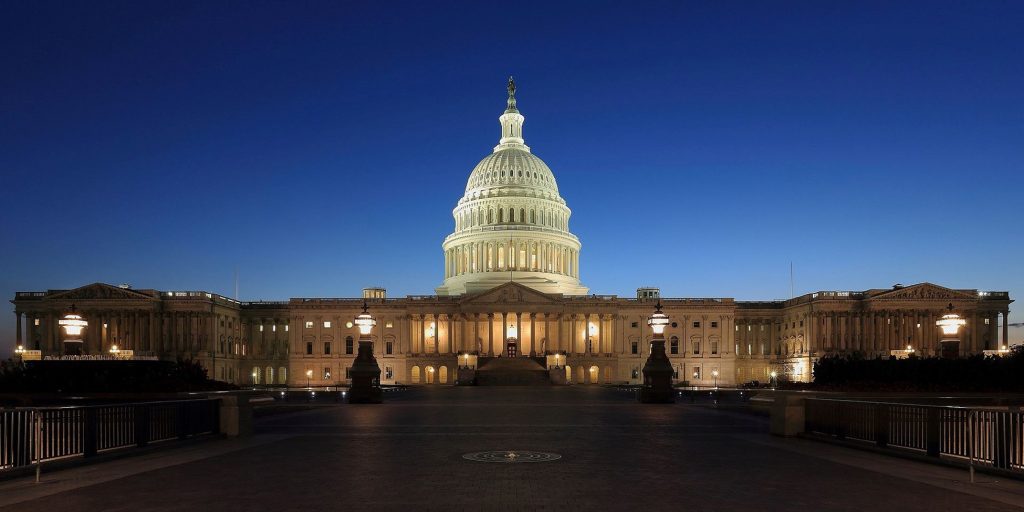The U.S. Government Is Researching Solar Geoengineering. Now What?
Officials should use the tools on hand to get governance right.

In December, Congress renewed funding for the National Oceanic and Atmospheric Administration (NOAA) to investigate stratospheric aerosols as a potential method for “solar climate interventions,” expanding a research program established a year earlier. These actions have been widely interpreted as the first-ever federal research project into solar geoengineering—proposals to slightly “dim the sun” to limit the harms of climate change.
I recently published a law essay with the Northwestern University Law Review Online exploring how the federal government should go about governing this research program. I argue that NOAA should see this project first and foremost as an opportunity to be a leader on solar geoengineering governance. By taking the initiative to develop risk assessments and public participation structures, NOAA could meaningfully advance climate science and policy in a critical area. If done right, NOAA’s governance strategy could prove just as lasting and valuable as the science itself.
Here’s a little more detail from the abstract:
NOAA should use its discretion to conduct a programmatic environmental assessment under the National Environmental Policy Act (NEPA) as an initial step in governing this research program. Federal research into solar geoengineering is an extraordinary and highly controversial policy. The agency should carefully consider the environmental, social, and political impacts that may come with this undertaking. Further, the public deserves an opportunity to weigh in on the matter and to be apprised of its potential benefits and risks. NEPA provides a rigorous framework for doing just that.
The essay is available for download here at NULR Online. It builds on a blog post I originally posted here on Legal Planet last February.







Reader Comments